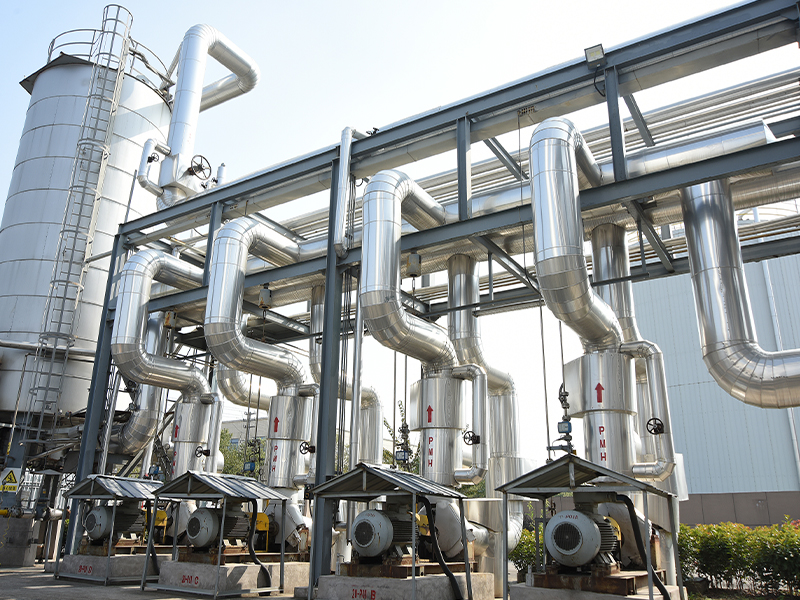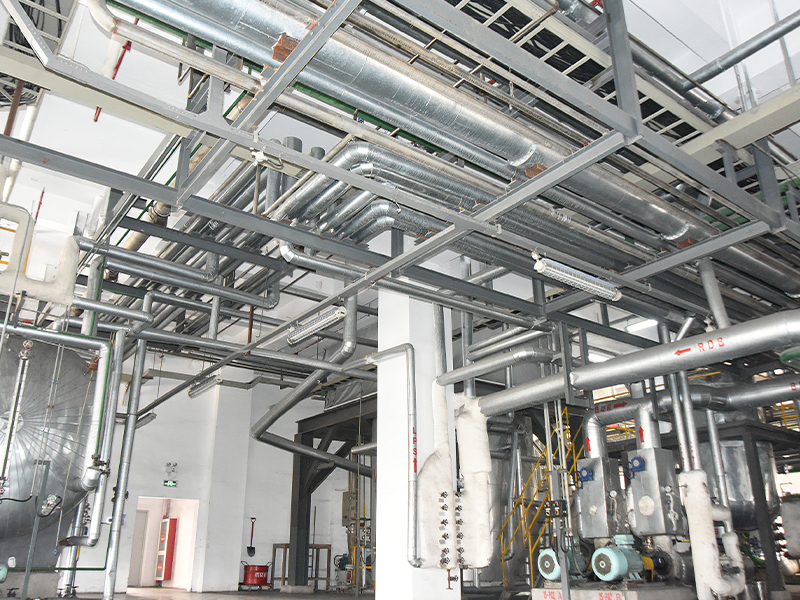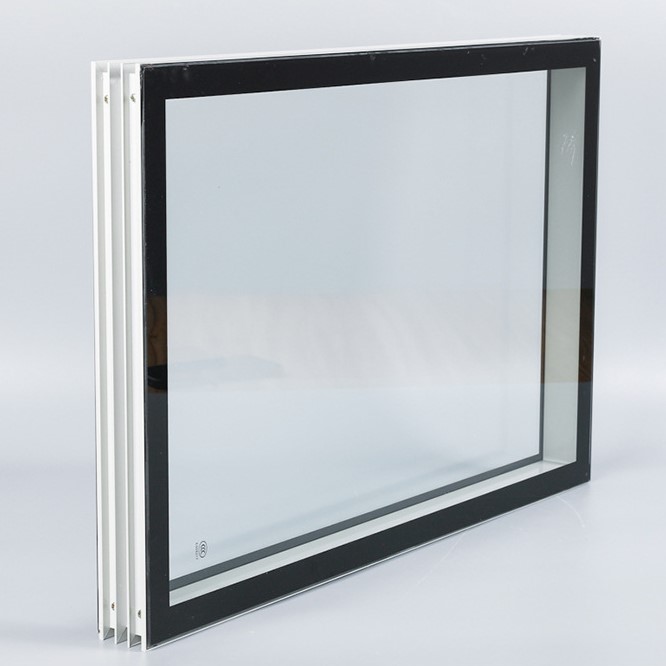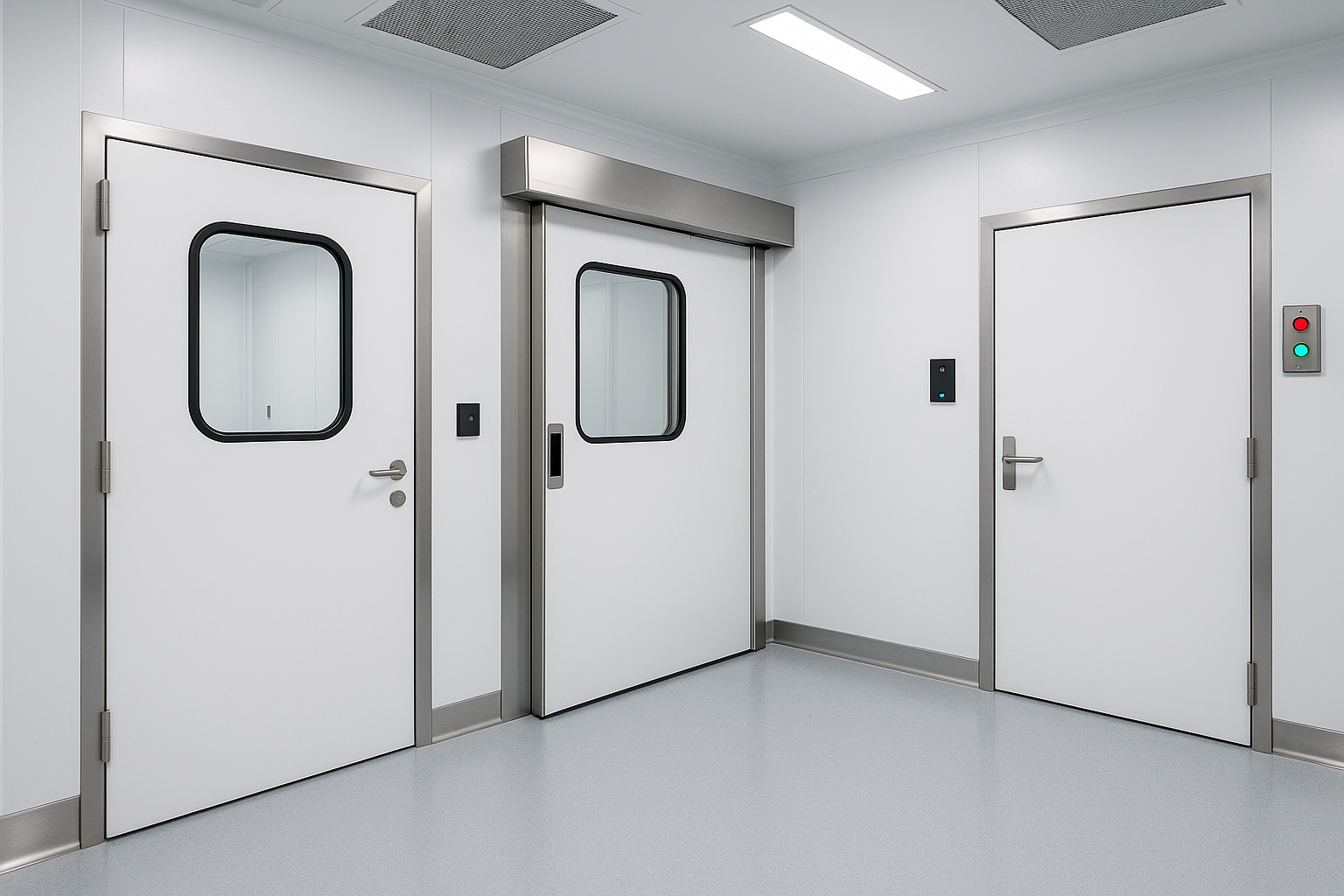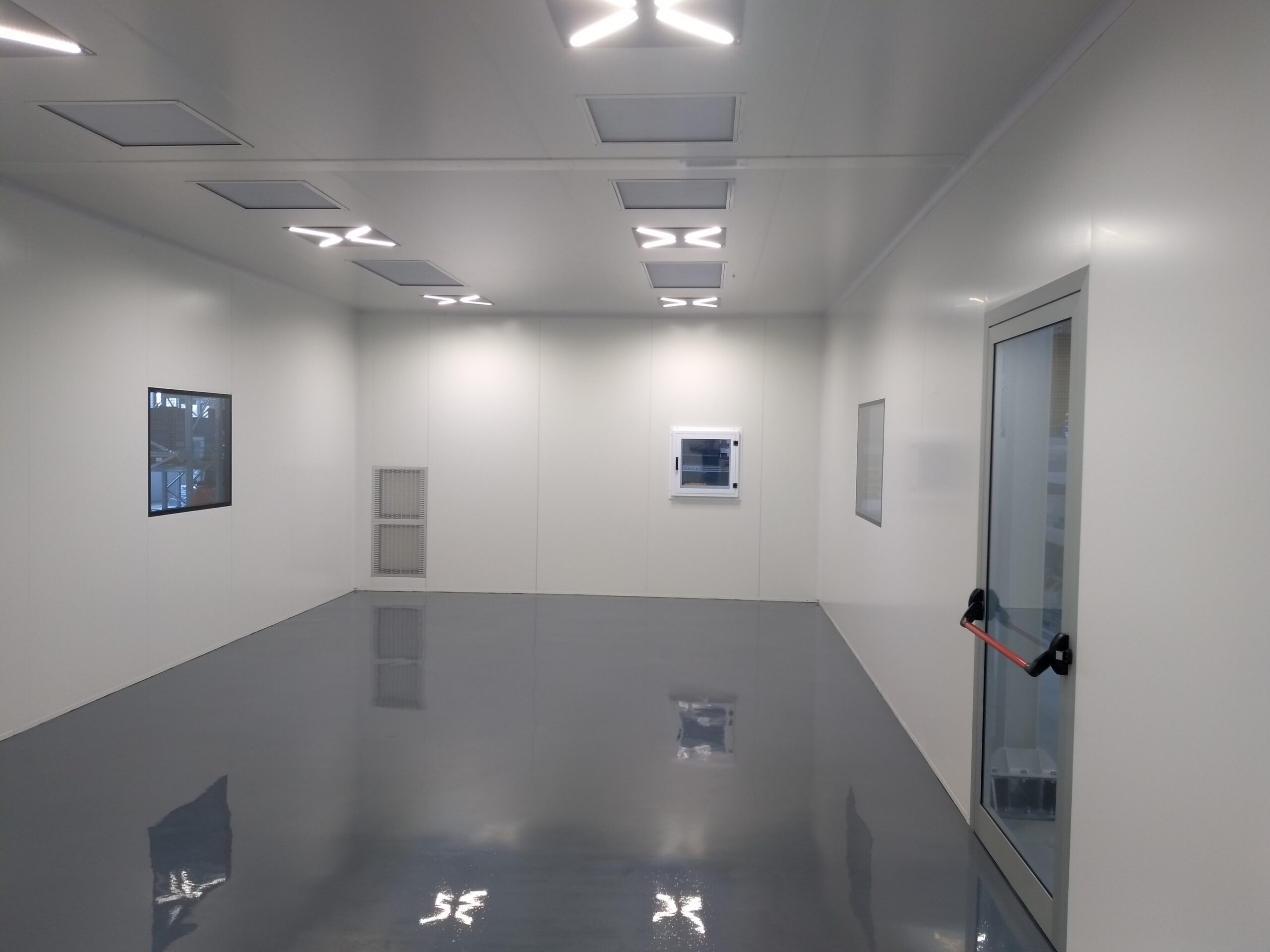Automatic sliding doors rely on various sensors to detect motion, presence, or obstacles to ensure smooth and safe operation. Each type of sensor plays a specific role in triggering, controlling, or safeguarding the door system. Below are the common types of sensors used in automatic sliding doors:

1. Motion Sensors (Radar or Microwave Sensors)
Function: Detect movement within a specific area in front of or beside the door.
Technology: Often use Doppler radar or microwave signals to sense changes in motion.
Application: Used to automatically open the door when someone approaches.
Pros: Reliable detection of walking motion from a distance; works well in high-traffic areas.
2. Infrared Presence Sensors (Active Infrared Sensors)
Function: Detect the presence of an object or person in the doorway.
Technology: Emit infrared light and detect reflection from nearby surfaces.
Application: Prevent the door from closing while someone or something is in the threshold area.
Pros: Good for anti-pinch and safety functions; helps avoid accidental closing.
3. Passive Infrared (PIR) Sensors
Function: Detect changes in heat signatures caused by human body movement.
Technology: Sense infrared radiation (body heat) emitted by people.
Application: Often used in indoor, climate-controlled environments.
Pros: Energy efficient, less prone to false triggering than microwave sensors in some settings.
4. Ultrasonic Sensors
Function: Detect the presence or motion of objects using ultrasonic sound waves.
Technology: Emit high-frequency sound waves and measure reflection time.
Application: Can be tuned for precise range and sensitivity; sometimes used in presence detection zones.
Pros: Good for detecting stationary as well as moving objects.
5. Safety Light Curtains (Infrared Beams)
Function: Provide a protective barrier across the doorway to detect people or objects.
Technology: Project multiple beams of infrared light across the doorway.
Application: If any beam is interrupted, the door will remain open or stop closing.
Pros: Essential for pedestrian safety, especially in hospitals, airports, and public buildings.
6. Pressure Sensors (Floor Mats)
Function: Detect pressure when someone steps onto the mat.
Technology: Triggered by physical weight or force.
Application: Older systems or used as an additional layer of activation/safety.
Pros: Simple and reliable in low-tech environments, but less common in modern doors.
7. Combined Sensors (Multi-Technology Sensors)
Function: Combine two or more sensing methods, such as microwave + infrared.
Technology: Use radar for activation and infrared for safety.
Application: Provides more accurate detection and reduces false triggers.
Pros: Improved efficiency and safety in environments with varied traffic types (e.g., adults, children, carts).
Summary Table:
| Sensor Type | Detection Method | Main Function | Common Use |
| Microwave/Radar | Motion (doppler effect) | Activates door when approached | High-traffic entrances |
| Active Infrared | Presence (reflected light) | Safety during closing | Threshold protection |
| Passive Infrared (PIR) | Heat signature | Motion detection in controlled areas | Offices, hospitals |
| Ultrasonic | Echo time (sound waves) | Motion + presence detection | Precision-required zones |
| Light Curtain | Infrared beams | Full-doorway safety barrier | Hospitals, public spaces |
| Pressure Mat | Weight/force | Triggers door when stepped on | Older or backup systems |
| Combined Sensors | Multi-technology | Activation + safety | Versatile, adaptive systems |
Conclusion
The choice of sensor(s) in an automatic sliding door system depends on the environment, traffic volume, safety requirements, and desired responsiveness. High-traffic areas typically use radar or combined sensors, while sensitive environments like hospitals or cleanrooms may prefer infrared and safety light curtains to prevent contact and contamination.

 English
English русский
русский Español
Español
